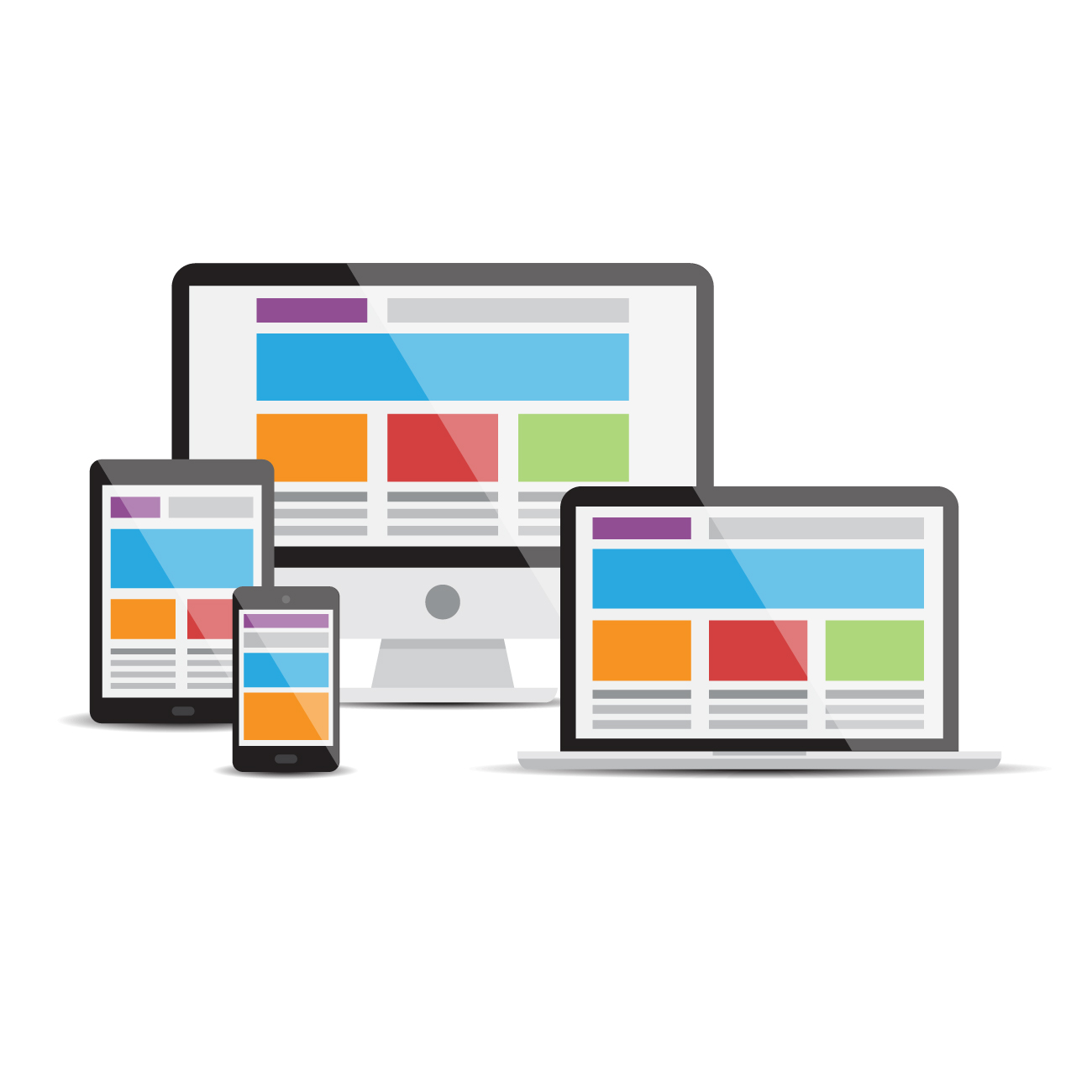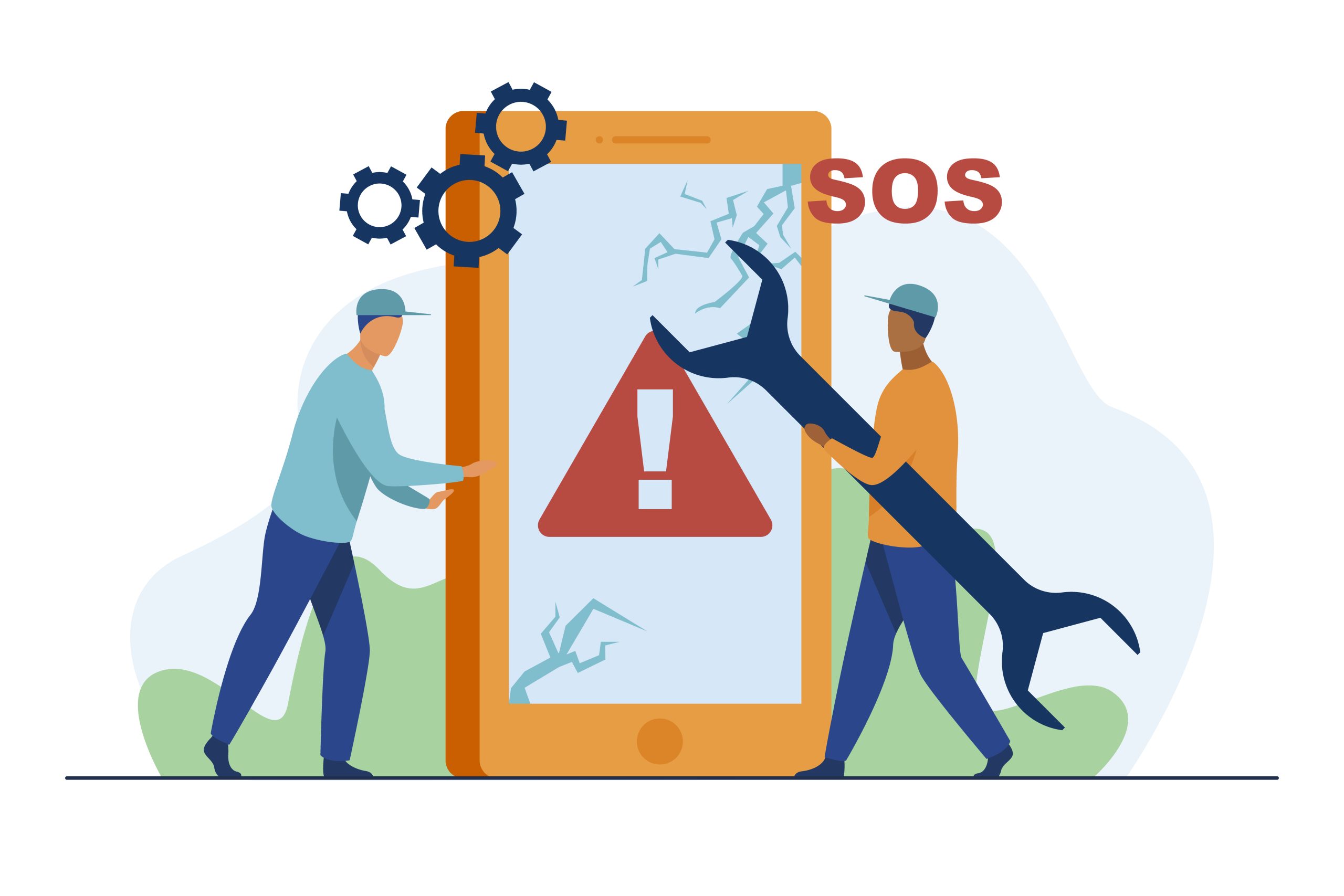Website is the future of business, not all types of businesses but almost every business is dependent upon their website to gain active and potential users.
If I ask you what type of website you will need to impress your customers then “n” numbers of factors you’ll highlight it.
Being a developer, I have experienced and studied a lot about customer behavior and demand related to websites. However, designing a website using top UX/UI trends will give unexpected results in terms of website browsing of the visitors.
If you’re one who wanted to build a fantastic website using UX and UI then continue reading the article and implement the same too.
Why UX and UI Website?
As I said above, Websites rely heavily on both UX (user experience) and UI (user interface) for success. While they are distinct aspects, they work together seamlessly to create a website that is both usable and visually appealing.
UX Design focuses on the user’s journey and ensures a smooth, intuitive, and efficient experience. This includes:
- Understanding user needs and goals through research and user testing.
- Designing the website’s architecture and information flow for optimal clarity and navigation.
- Ensuring easy access to desired information and functionalities.
- Creating a positive emotional response through the overall experience.
UI Design focuses on the visual elements of the website and makes it aesthetically pleasing and user-friendly. This involves:
- Choosing the right color scheme, typography, and imagery that perfectly aligns with the brand and resonates with the target audience.
- Designing interactive elements like buttons, menus, and forms for intuitive interaction.
- Ensuring consistency across the website for a unified and recognizable brand experience.
Here’s why a website needs both UX and UI:
- Improved User Engagement: A well-designed UX keeps users engaged and coming back for more. They can find what they need quickly and easily, leading to a more satisfying experience.
- Increased Conversions: A user-friendly UI with gives clear calls to action that encourage users to take desired actions, whether it’s making a purchase, signing up for a newsletter, or contacting the business.
- Enhanced Brand Image: A website with a strong UX and UI conveys professionalism, trustworthiness, and attention to detail, fostering a positive brand image.
- Improved Search Engine Optimization (SEO): Websites with good UX and UI tend to have lower bounce rates (users leaving immediately) and higher dwell time (users spending more time on the site), which are the factors considered by search engines for ranking.
Read: What are Pros and Cons of Using Templates in Website Design?
List of Top UX/UI Trends for 2024
- Immersive Experiences:
- Augmented Reality (AR): Imagine trying on clothes virtually or visualizing furniture placement in your home. AR seamlessly integrates digital information into the physical world, fostering engaging and interactive experiences.
- Virtual Reality (VR): VR takes users into entirely virtual environments, offering unique possibilities for training, education, and entertainment.
- Personalization and Customization:
Users crave tailored experiences that cater to their individual preferences and needs. This can involve personalized recommendations, dynamic content based on user behavior, and customization options for the website interface.
- Minimalist and Clean Interfaces:
This trend includes clean lines, uncluttered spaces, and a clear visual hierarchy that remains central to user-friendly design. This approach avoids overwhelming users with unnecessary information, allowing them to focus on essential content and complete tasks efficiently.
- Dark Mode Dominance:
The most trending parameter in UX/UI: Dark mode, with its darker backgrounds and lighter text, offers several benefits like reduced eye strain in low-light environments, improved battery life for mobile devices, and a distinct aesthetic appeal. Expect to see its widespread adoption across various platforms.
- Micro-interactions for Engagement:
This has become popular as it gives a shorter view that reaches customers shortly too. A subtle yet meaningful animations and feedback mechanisms enhance user interaction and provide valuable confirmation for actions taken. For example, a button that “bounces” upon clicking or a progress bar indicating loading status can subtly improve user experience.
- Ethical Design:
Responsible and inclusive design practices are gaining prominence. This includes ensuring accessibility for users with disabilities, prioritizing user privacy, and creating experiences that are mindful of the user’s well-being.
- Voice User Interface (VUI):
Voice commands are becoming an increasingly popular way to interact with technology. VUI integration allows users to control website functions and access information hands-free, catering to accessibility needs and offering added convenience.
- 3D Design and Depth:
Difficult but worth implementing it on the website. A subtle use of 3D elements and depth effects can add visual interest and create a more immersive browsing experience. However, it’s crucial to maintain balance to avoid overwhelming SSD shared hosting provider in USA users.
- AI Integration:
Artificial intelligence (AI) can be leveraged to personalize content, recommend products, and even optimize the website layout based on user behavior. This trend will boost the user engagement and satisfaction level.
- Sustainability:
Eco-conscious users appreciate websites that minimize their environmental impact. This can involve using energy-efficient coding practices, optimizing website size for faster loading times, and choosing eco-friendly web hosting solutions.
Closing Down
Making a website that gives a seamless experience to users will ultimately bring the best user experience and user interface experience. In short, it’s all about experience!
That’s the future of UX/UI. As we progress into a new age of digital interaction, creating memorable experiences for visitors will set you apart from the competition.

